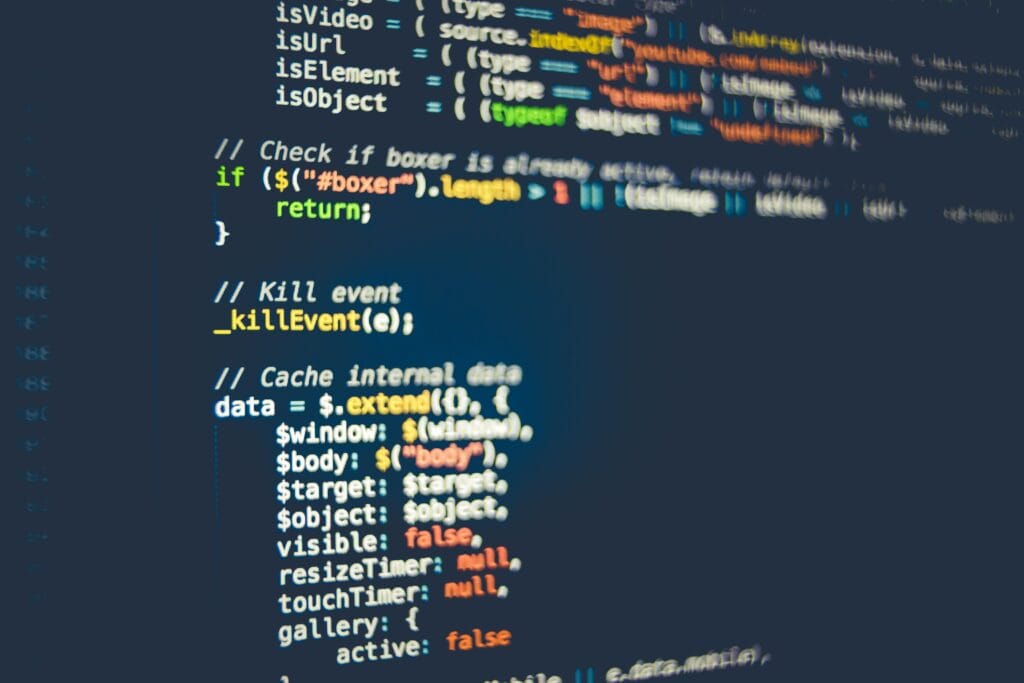
When someone suffers from a sudden burn, immediate and appropriate first aid can significantly impact the healing process and minimize complications. The first step is to identify the type of burn, which can be thermal, chemical, or electrical. Thermal burns result from direct contact with heat sources such as fire, hot liquids, or steam. Chemical burns occur when the skin is exposed to corrosive substances, while electrical burns are caused by contact with electrical currents.
For all types of burns, the initial response should focus on assessing the severity of the injury. First-degree burns affect only the outer layer of skin, causing redness and pain. Second-degree burns penetrate deeper, leading to blistering and swelling. Third-degree burns are the most severe, damaging all layers of the skin and potentially affecting underlying tissues.
Once the severity is assessed, the immediate first aid step for thermal burns is to cool the burn under running, cool (not cold) water for at least 10-20 minutes. This helps reduce pain and swelling. Avoid using ice or very cold water, as they can cause further tissue damage. For chemical burns, remove any contaminated clothing and rinse the area under cool running water for at least 20 minutes, ensuring the chemical is thoroughly washed away. In the case of electrical burns, it is crucial to ensure the person is no longer in contact with the electrical source before administering first aid; then, cool the burn area as for a thermal burn.
Remove any constrictive clothing or jewelry near the burn site to prevent complications as swelling occurs. After cooling, cover the burn with a clean, non-stick bandage to protect the area and prevent infection. Avoid using home remedies such as butter, oils, or creams, as they can worsen the injury.
Seek professional medical help if the burn covers a large area of the body, is located on sensitive areas such as the face, hands, feet, or genitals, or if it’s a third-degree burn. Additionally, burns caused by chemicals or electricity always warrant professional medical evaluation. Early medical intervention can be crucial in managing pain, preventing infection, and promoting optimal healing.
Long-Term Care and Prevention Strategies for Burns
Proper long-term care is crucial for the healing of burn injuries and minimizing scarring. A key component of effective burn care is the use of appropriate topical treatments. Over-the-counter creams such as aloe vera gel and specialized burn ointments can provide soothing relief and promote healing. In some cases, a healthcare provider may prescribe stronger medications, including steroid creams or antibiotics, to address severe burns or prevent infection.
Ensuring the cleanliness of the burn area is paramount to prevent infections, which can complicate recovery. Regularly clean the burn with mild soap and water, and cover it with a sterile, non-stick bandage. Change the dressing daily or as directed by a healthcare provider. Look out for signs of complications such as increased pain, redness, swelling, or pus, which may indicate an infection and warrant a visit to a healthcare professional.
Preventing burns is equally important as managing them. In the workplace, safety training is essential to educate employees on the proper handling of hot or hazardous materials. Employers should enforce the use of protective gear, such as gloves and aprons, and ensure that safety protocols are followed rigorously. Regular safety audits can help identify potential hazards and improve the overall safety of the environment.
At home, taking simple precautions can significantly reduce the risk of burns. Keep hot liquids and appliances out of reach of children, and install smoke detectors. In the kitchen, use oven mitts and pot holders, and never leave cooking unattended. When handling hot objects, always use appropriate protective tools to avoid accidental burns.
Ongoing education and preparedness play a critical role in minimizing the risk of future burn injuries. Regularly review safety procedures and ensure that everyone in the environment is aware of the best practices for preventing burns. By fostering a culture of safety and awareness, both at work and at home, the likelihood of burn injuries can be significantly reduced.







